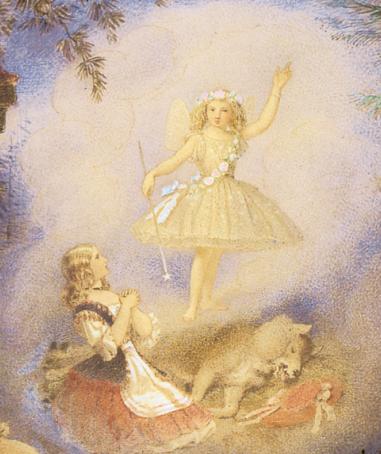If you buy a book of fairy tales you might expect to get a book full of fairies. But, of course, any child who has sat at his parent’s knee to listen to a story knows that fairy tales rarely have fairies in them. The ‘fairy’ in fairy tales come from a now obscure French work entitled Conte de fees (D’Aulnoy’s), but actually fairies were not particularly common in this work either. Perhaps the best way to think of a fairy tale is to give ‘fairy’ the now obsolete but once common sense of, as the Oxford English Dictionary puts it: ‘[e]nchantment, magic; a magic contrivance; an illusion, a dream.’ Cinderella is a Magic Story, Snow White is a Tale of Enchantment. Perhaps the closest word in modern English – though it is on its way out – is ‘fancy’: Goldilocks as a fancy tale or better still a fancy. So much nicer than the ugly German Märchen beloved by folklorists.
In any case, that’s the linguistics of fairy tale what about those rare fairies? Cinderella has a fairy godmother. Rumplestiltskin would be, in the English tradition, a solitary fairy. There is an Italian tale: The Three Fairies, though this has never had much success in the English-speaking world. Peter Pan is sometimes dropped into fairy book collections for the young: though it is a twentieth century novel that became a famous play in 1904. Very occasionally, this was truer in Victorian and Edwardian times, Shakespeare’s Midsummer Night’s Dream was also included in fairy tale collections, though there is lots of fancy but not much tale: not particularly satisfying from the point of view of a six year old.
But hold on a second, what actually went wrong? Britain and Ireland had an extraordinary range of traditional stories, many of which included fairies. Yet these stories did not appear in most nineteenth centuries collections and they were quite forgotten by the twentieth century. These tales, the true fairy tales of the English-speaking world are often less polished and cruder than Hans Christian Anderson, but they remain entertaining for young and old alike. In fact, their very crudity is the guarantee that they are closer to the traditions that were slowly sanded down in the great French, German and later Scandinavian collections.


